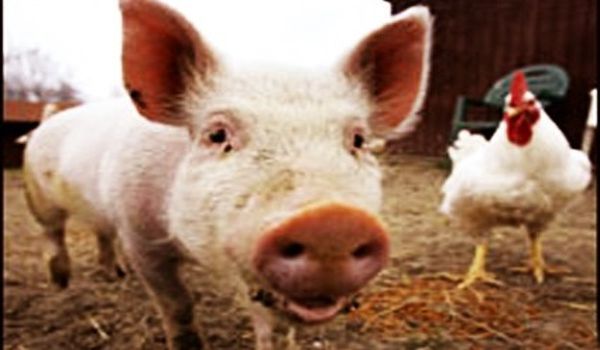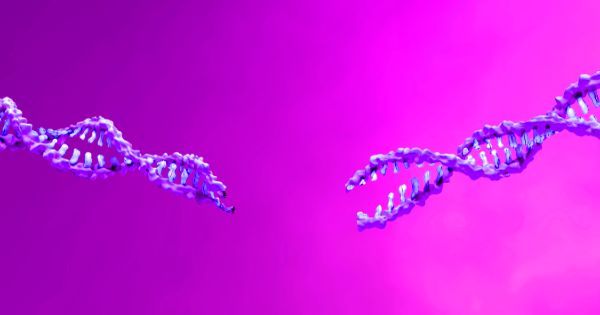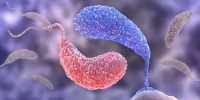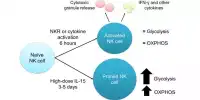Animals that have been genetically modified provide important insights into the molecular basis of health and disease. Although other species, such as pigs, have physiologies that are more similar to humans, research has primarily focused on genetically modified mice. Researchers have created chickens and pigs in which target genes in desired organs can be altered efficiently.
TUM researchers have demonstrated an efficient method for studying molecular mechanisms of disease resistance or biomedical issues in farm animals. Researchers can now introduce specific gene mutations into desired organs or even correct existing genes without having to create new animal models for each target gene. This cuts down on the number of animals needed for research.
Chickens and pigs are two of the world’s most important livestock species. They serve as both food and models for evolutionary biology and biomedical science. Pigs and humans are anatomically and physiologically very similar. They are also crucial in translational biomedical research, such as cancer and cardiovascular disease. Furthermore, pig models are more closely related to human pathophenotypes than other model organisms such as rodents. While chickens are phylogenetically distant from humans, they have played an important role in the study of development.
Researchers have generated farm animals with integrated gene scissors, which can be used for genome editing in biomedical and agricultural science.
Genetically modifying livestock species is a promising agricultural approach that opens up new avenues for disease control. However, genetically engineering pigs and chickens is currently inefficient and time-consuming due to a lack of fully functional embryonic stem cells. The development of synthetic endonucleases such as CRISPR-Cas9 has facilitated targeted germline modification in both species. This process, however, still necessitates the generation and breeding of new founder lines.
CRISPR/Cas9 enables desired gene manipulations
CRISPR/Cas9 is a tool that allows you to rewrite DNA information. Using this method, genes can be inactivated or specifically modified. The CRISPR/Cas9 system is made up of two parts.
The gRNA (guide RNA) is a short sequence that specifically binds to the DNA segment of the gene to be modified. The Cas9 nuclease, or “gene scissors,” binds to the gRNA and cuts the appropriate section of the target DNA. This severance activates repair mechanisms, which can deactivate gene functions or introduce specific mutations.

Healthy chickens and pigs with integrated gene scissors
“The Cas9 protein, which is used to cut genes, is provided by the animals that are created. So all we need to do is introduce guide RNAs to create animals with specific genetic characteristics “explains Benjamin Schuster, TUM Professor of Reproductive Biotechnology “It took about three years for these animals to be born. Cas9 can now be used at all stages of animal development because the Cas9 protein is present in every cell of the body. We were able to successfully use this technique in both chicken embryos and living pigs.”
The Cas9 nuclease is thus present in all organs studied in the healthy chickens and pigs produced by the researchers. This is particularly useful in biomedical and agricultural research.
Analytical tool to fight viral or cancer diseases
Pigs are used as human disease models because their anatomy and physiology are much more similar to humans than mice (currently a common disease model). As a result, a modified pig could aid in better understanding the mechanism of carcinogenesis in humans. Animal models can also be used to test potential new human treatments.
“The presence of Cas9 in the cells significantly accelerates and simplifies the processes,” says Angelika Schnieke, Professor of Livestock Biotechnology at TUM. “Cas9-equipped animals, for example, allow us to specifically inactivate tumor-relevant genes and simulate cancer development.”
Cas9 pigs and chickens allow researchers to directly test which genes may be involved in the formation of traits such as disease resistance. “The CRISPR/Cas9 system’s mechanism may also be useful in combating infections caused by DNA viruses. Initial cell culture experiments revealed that this is already effective against the avian herpes virus “Prof. Schuster says
Important resource for biomedical and agricultural research
Prof. Schnieke observes, “Our Cas9-expressing chickens and pigs are a novel resource for genome editing in the biomedical and agricultural sciences, but they are also available to other research groups. As a result, efficient genome editing in living animals has the potential to advance biomedical and agricultural research significantly.”














